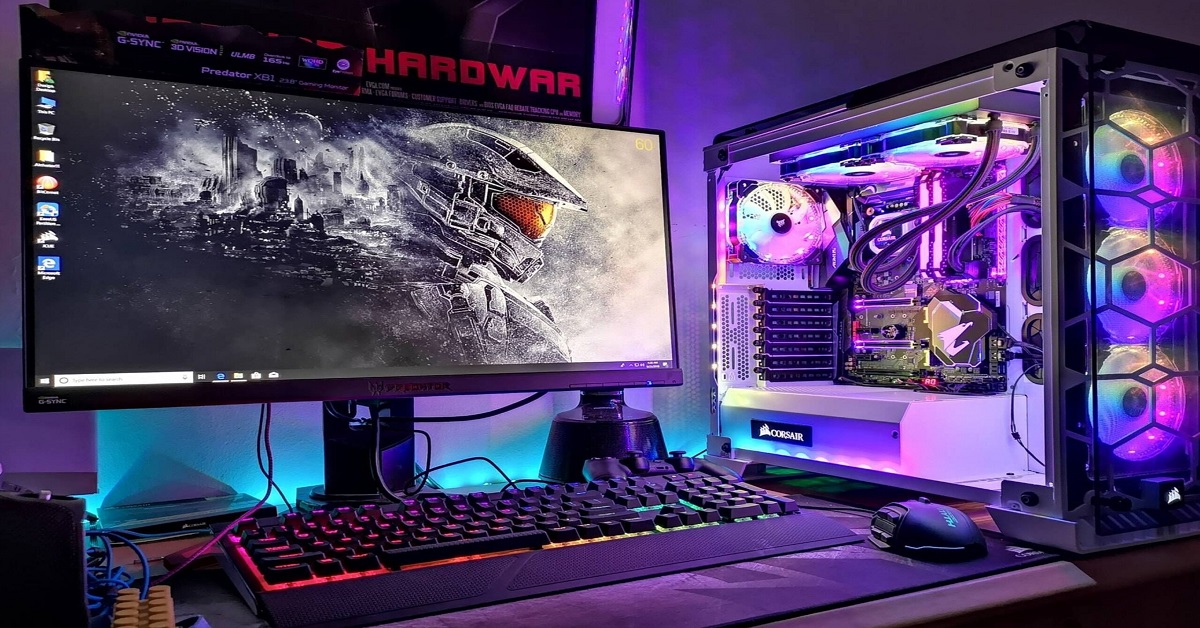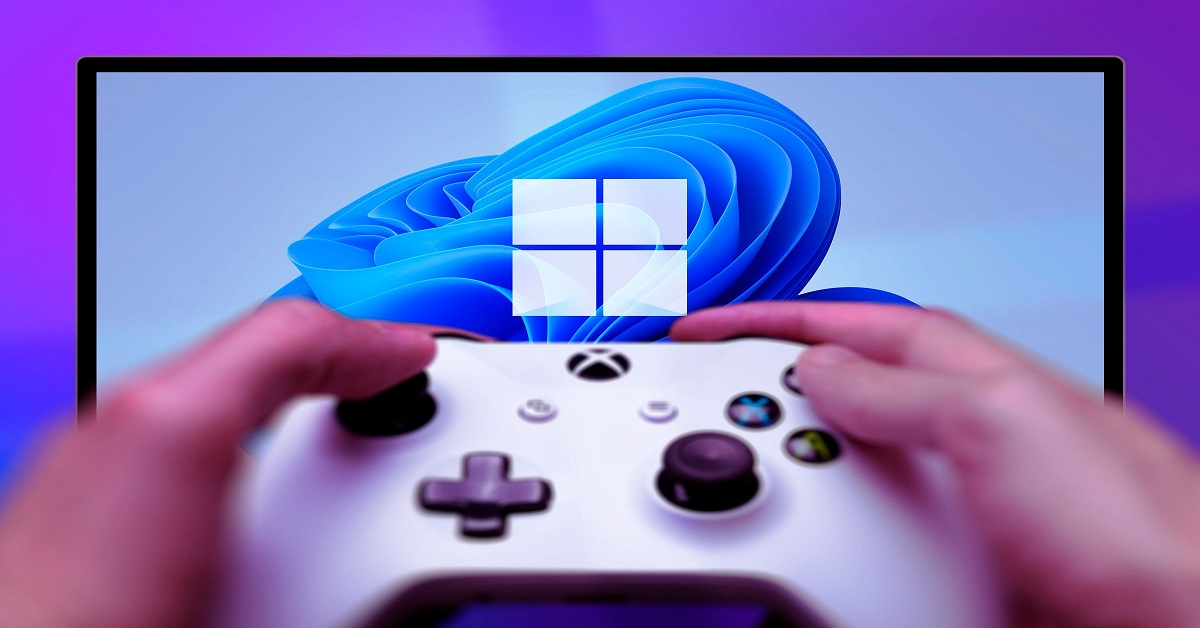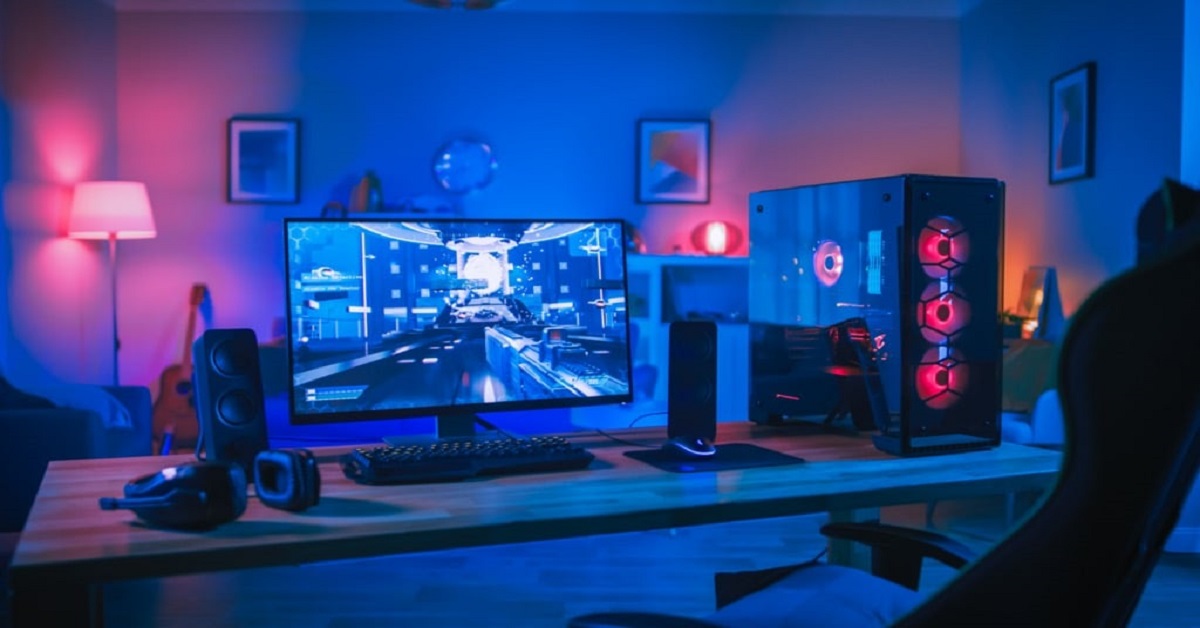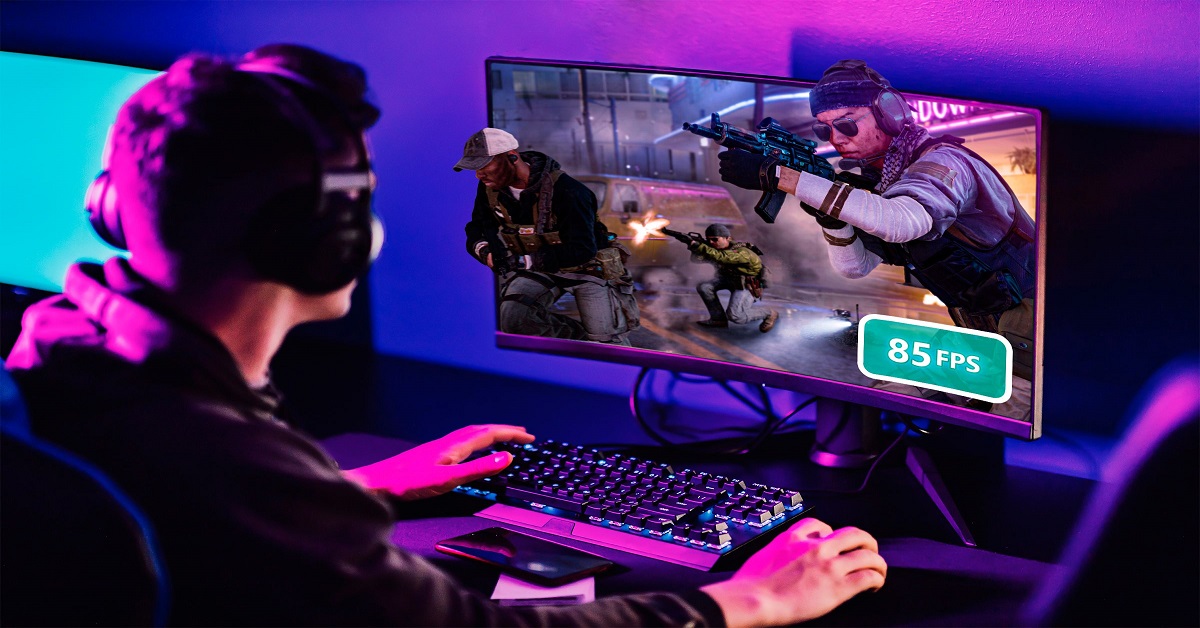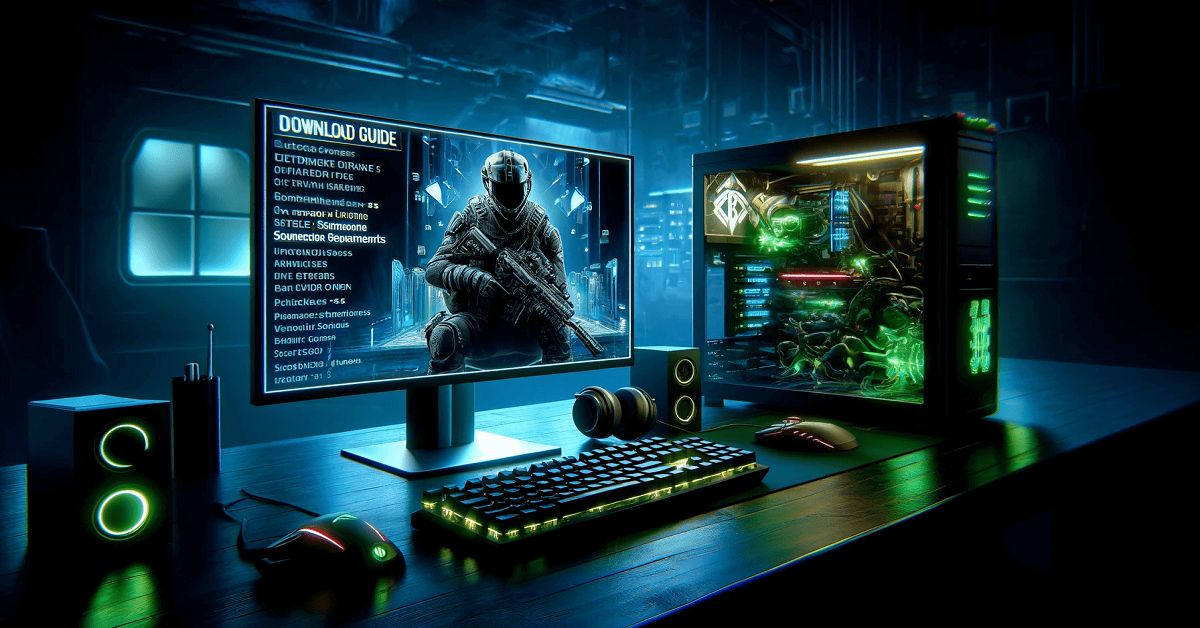Gaming on Windows 11 But Stuck with FPS Drops and Stuttering? Here’s Your Ultimate tool to fix – Gaming on a budget computer can be tough, particularly with the sleek—but occasionally clunky—Windows 11 in the background.
You’re not alone fighting against sudden FPS drops, frustrating stutters, and lag spikes that turn your favorite games into a slideshow rather than a fully immersive experience.
Even though Microsoft promised a modern, performance-enhanced OS, Windows 11 is not always generous to budget gamers.Yes, it does look neat and introduces cool stuff like AutoHDR and DirectStorage, but straight out of the box, it’s heavy with background processes, visual effects, and gaming-averse settings.
But the good news is that you don’t have to buy a new graphics card or additional RAM to get your games running smoother.You only have to unlock the potential that has been hidden in your current setup.
Welcome to your complete guide to optimizing Windows 11 for gaming on a budget or low-end PC.
Why Adjust Windows 11 Gaming Performance Settings?
Unlike Windows 10, Windows 11 adds some visual polish and background services that drain precious resources. By optimizing Windows 11 gaming performance settings, you can:
- Boost FPS
- Lower system latency
- Improve responsiveness
- Eliminate background bottlenecks
Let’s dive into the exact Windows 11 performance tweaks for gaming that work best on low-end PCs.
1. Turn On Game Mode in Windows 11
Game Mode directs system resources to your game and limits unnecessary background activity.
Steps:
- Press Windows + I to open Settings
- Go to Gaming > Game Mode
- Toggle it On
This is the first step to optimize Windows 11 for gaming, especially on limited hardware.
2. Disable Visual Effects
Windows 11 has rounded corners and animations—but they cost performance.
Steps:
- Press Windows + R, type sysdm.cpl, and press Enter
- Under Advanced > Performance, click Settings
- Choose Adjust for best performance
- Apply and OK
This can instantly improve gaming speed on Windows 11 by freeing RAM and CPU cycles.
3. Disable Background Apps
Apps like Teams, OneDrive, and Microsoft Edge preload in the background.
How to disable:
- Go to Settings > Apps > Installed Apps
- Disable or uninstall apps you don’t use
- Open Task Manager (Ctrl + Shift + Esc)
- Under Startup, disable unnecessary programs
Clearing these helps implement efficient Windows 11 performance tweaks for gaming.
4. Set Power Mode to Best Performance
Avoid default “Balanced” mode—it limits performance to save energy.
Steps:
- Open Settings > System > Power & Battery
- Under Power Mode, select Best Performance
This tweak ensures your system is always pushing full power for your games.
5. Disable Xbox Game Bar and Captures
Xbox Game Bar and background recording consume CPU and disk resources. For low-end PCs, this is one of the best Windows 11 settings for gamers.
Steps:
- Go to Settings > Gaming > Xbox Game Bar
- Turn it Off
- Under Captures, disable background recording
6. Keep Graphics Drivers Updated
Outdated drivers can cause FPS drops and crashes.
Update Tools:
- NVIDIA: GeForce Experience
- AMD: Adrenalin Software
- Intel: Driver & Support Assistant
A new GPU driver can boost your Windows 11 gaming performance settings almost immediately.
7. Clean Your Storage & Enable Storage Sense
Free space is essential for texture loading and in-game stability.This helps improve gaming speed on Windows 11 and ensures smooth asset loading.
Steps:
- Go to Settings > System > Storage
- Turn on Storage Sense
- Use Disk Cleanup for temp/junk files
- Remove old game files or unused software
8. Optimize Your In-Game Settings
Your game’s own settings matter just as much as system tweaks.
Recommended settings for low-end PCs:
- Resolution: 720p
- Shadows: Off
- Anti-Aliasing: Off or Low
- Texture Quality: Low
- V-Sync: Off unless needed
Adjusting these ensures you’re making the most of your optimized system.
9. Defrag HDD or TRIM SSD
If you’re still using a traditional hard drive, defragment it.
Steps:
- Search “Defragment and Optimize Drives”
- Select your drive and click Optimize
On SSDs, TRIM will automatically manage performance.
10. Use Game Boosting Tools (Optional)
For users comfortable with third-party tools, apps like these help:
- Razer Cortex – Closes background services automatically
- MSI Afterburner – Tracks temperatures and FPS
- Wise Game Booster – Streamlines memory usage
They’re not mandatory, but they enhance your Windows 11 gaming performance settings further.
Bonus Tip: Pause Windows Updates While Gaming
Auto updates can ruin your gameplay mid-session.
How to pause:
- Go to Settings > Windows Update
- Click Pause Updates for 7 days
- Use Advanced Options for more control
Minimum Specs for Smooth Gaming (Windows 11 Edition)
| Component | Minimum | Suggested for Low-End Gaming |
| CPU | Intel i3 / AMD A6 | 4-core CPU recommended |
| RAM | 4 GB | 8 GB is ideal |
| GPU | Intel UHD / AMD Vega 3 | Dedicated GPU preferred |
| Storage | 5400 RPM HDD | SSD for best results |
| OS | Windows 11 64-bit | Fully updated version |
Final Thoughts
You don’t have to have a top-of-the-line rig in order to play your favorite games. With the correct Windows 11 gaming performance settings, you can unleash smoother, quicker game performance—without having to spend a fortune.
From enabling Game Mode to disabling background apps and updating drivers, every step plays a role. If you can’t upgrade your hardware yet, don’t worry—optimize Windows 11 for gaming now and dive into lag-free fun.
Game smarter, not harder—with the best Windows 11 settings for gamers.



